Finding Relief for Sacroiliac Joint Pain
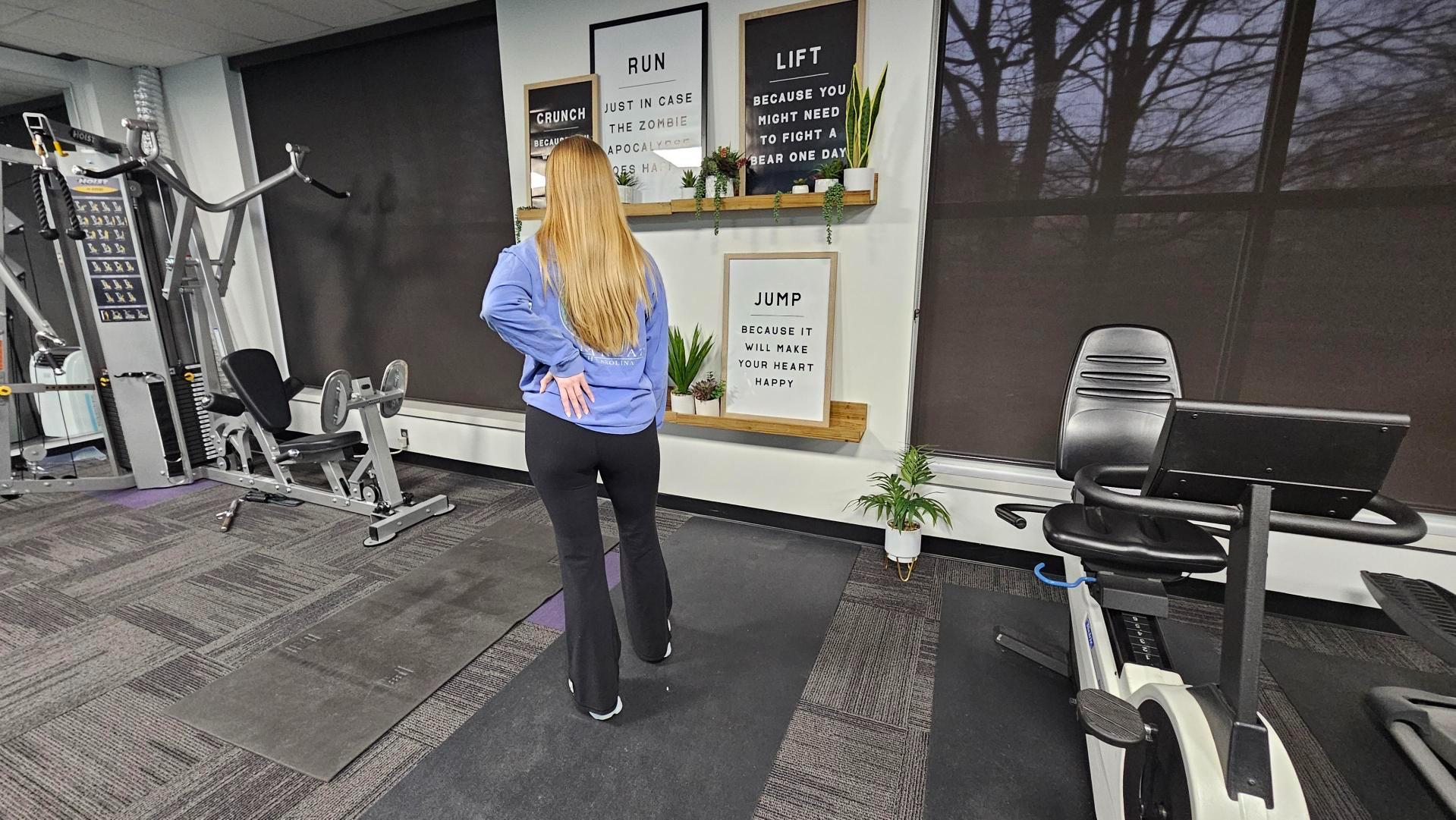
Posted March 25, 2024
What Is The SI Joint?
The sacroiliac joint (SI joint) connects the end of the spine and the pelvis. The “sacro” component of the word sacroiliac is the sacrum, which is located just above the tailbone. The “iliac” part of the word represents the ilium, which is the connecting pelvic bone. We all have two SI joints, one to connect each side of the pelvis to the spine. The SI joint is one of the most stable joints in the body because it is surrounded by several tough ligaments that span the spine to the pelvis. Thirty-five muscles attach to the pelvis or the sacrum, further increasing its stability. The SI joint is surrounded by many nerves that allow muscles to function in the region.
The SI joint rotates and moves upward and downward by just a few millimeters in each direction. The primary purpose of the SI joint is stability and accepting force as it transfers from the legs to the spine. It is a common misconception that the SI joint is unstable, which causes pain. Although there are some conditions where the SI joint is hypermobile or loose, this is relatively rare. Syndromes include genetic disorders like Ehlers-Danlos syndrome and Marfan syndrome. Due to hormonal changes, the SI joint is also a bit laxer during and after pregnancy. The pain from after pregnancy can often persist for a long time and will benefit from interventions as soon as possible.
Sacroiliac Joint Pain Symptoms
The SI joint is incredibly stable, surrounded by supporting ligaments, tendons, and muscles. As mentioned above, hypermobility associated with genetic disorders and hormonal changes can cause the pelvis to have pain by irritating ligaments, muscles, and nerves in the area.
Pain in the SI joint can be caused by trauma, such as a car accident or a fall on the buttocks. Trauma can damage the ligaments or fracture the bones that make up the SI joint. This will not only cause pain but also cause mobility problems in the area. If you have experienced a notable trauma, you will want to see a healthcare provider to evaluate if imaging is necessary. However, the bones and ligaments in this area are very strong and do not tend to break easily.
People with SI pain often feel uneven side to side. They will note one area along the sacrum as the “main location” of the pain. The pain may wrap around to the front of the pelvis and abdomen, feel tight up into the low back, or the pain may radiate down the leg. Some people will also experience incontinence or leaking of urine.
Physical Therapy For Sacroiliac Joint Pain
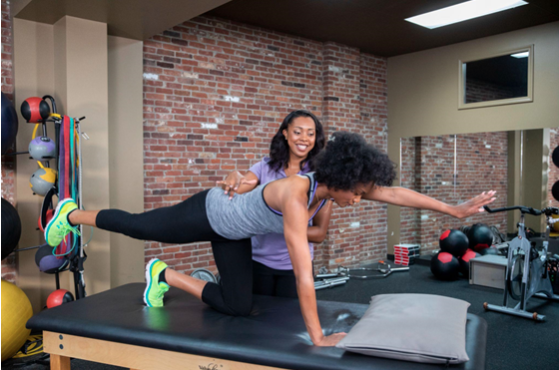
Sacroiliac joint pain responds very well to physical therapy. After a thorough examination, including tests to determine that the SI joint is contributing to your pain, your physical therapist will educate you on your plan of care. The plan of care will likely involve manual therapy, strengthening, stretching, coordination, and endurance exercises to the trunk and legs.
Manual therapy is when the PT places their hand on or around the painful area to provide positive movement feedback and pain relief to the muscles, joints, and ligaments. People with SI pain also tend to need multiple different types of exercises. Your physical therapist will evaluate you as an individual to determine how to best meet your needs and help you to accomplish your goals with less pain.
While all PTs can and do treat SI pain, there are also PTs who specialize in pelvic health. If you are seeing one physical therapist, they may refer you to a specialist. This should not worry you; your PT is ensuring that you are seeing a well-trained healthcare provider who can best help you due to their extensive knowledge of the region. No matter who you see, physical therapy is likely to improve your SI symptoms and get you back to doing the things you want to do in life.
Sources:
Al-Subahi, M., Alayat, M., Alshehri, M. A., Helal, O., Alhasan, H., Alalawi, A., Takrouni, A., & Alfaqeh, A.. (2017). The effectiveness of physiotherapy interventions for sacroiliac joint dysfunction: a systematic review. Journal of Physical Therapy Science, 29(9), 1689–1694.
Javadov, A., Ketenci, A., & Aksoy, C.. (2021). The Efficiency of Manual Therapy and Sacroiliac and Lumbar Exercises in Patients with Sacroiliac Joint Dysfunction Syndrome. Pain Physician, 24(3), 223–233.
Nejati, P., Safarcherati, A., & Karimi, F.. (2019). Effectiveness of Exercise Therapy and Manipulation on Sacroiliac Joint Dysfunction: A Randomized Controlled Trial. Pain Physician, 22(1), 53–61.










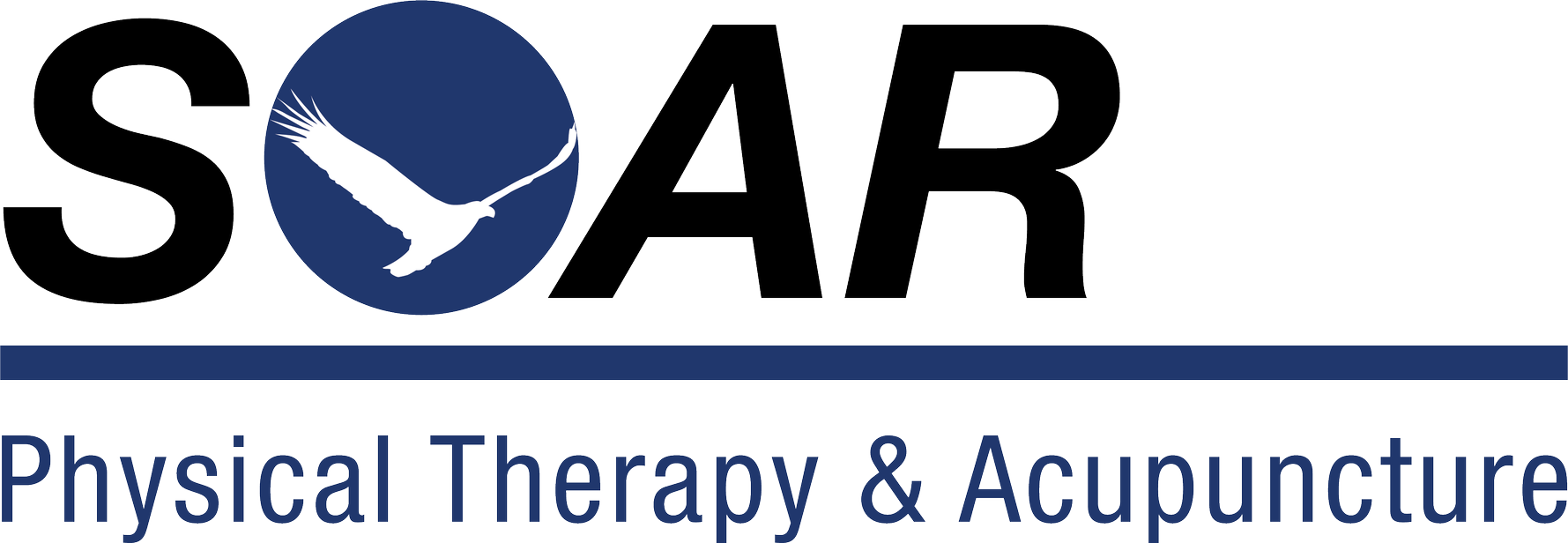


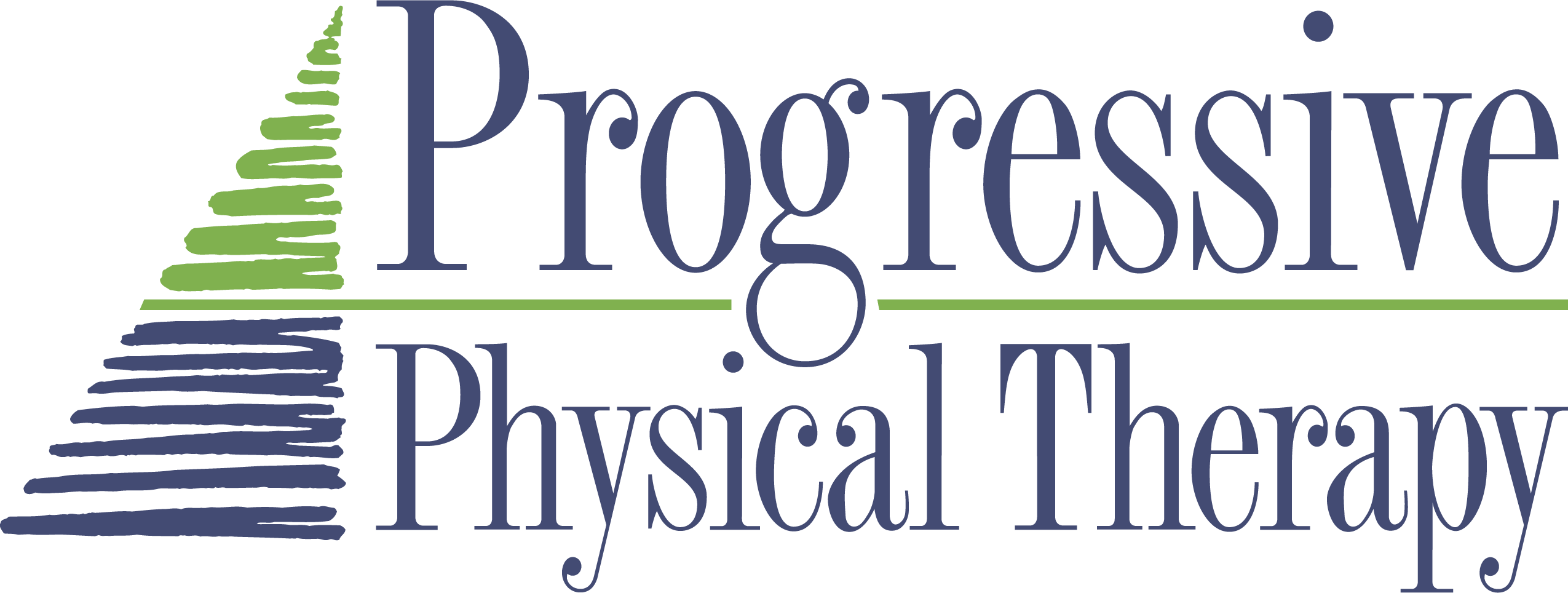

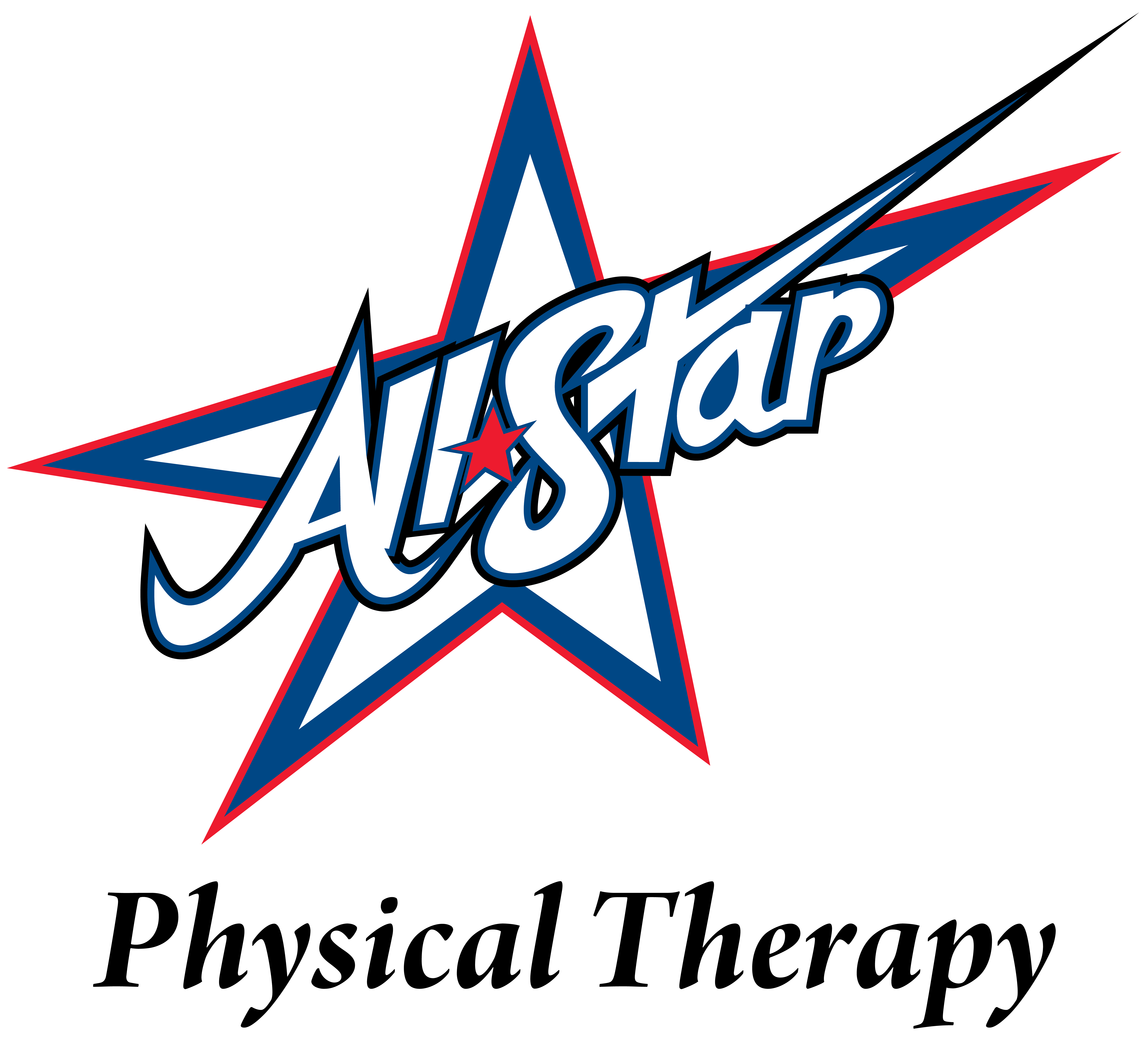




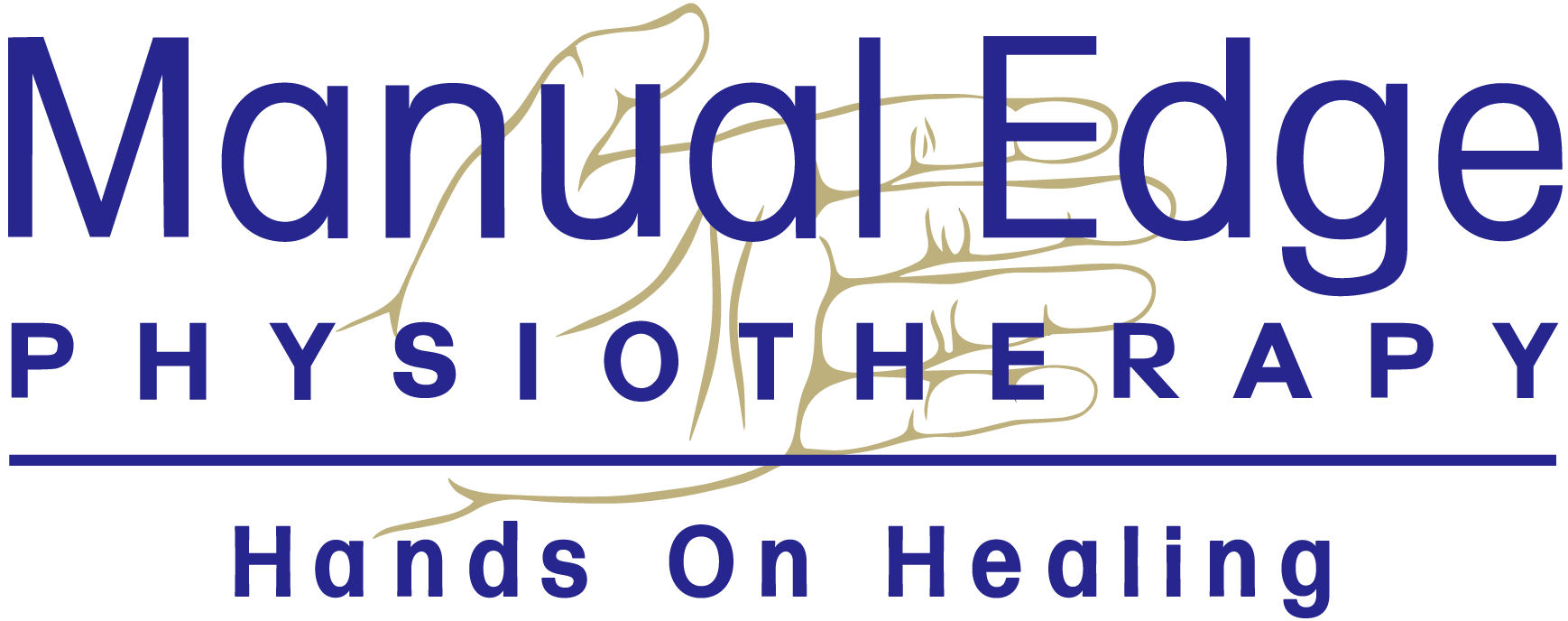
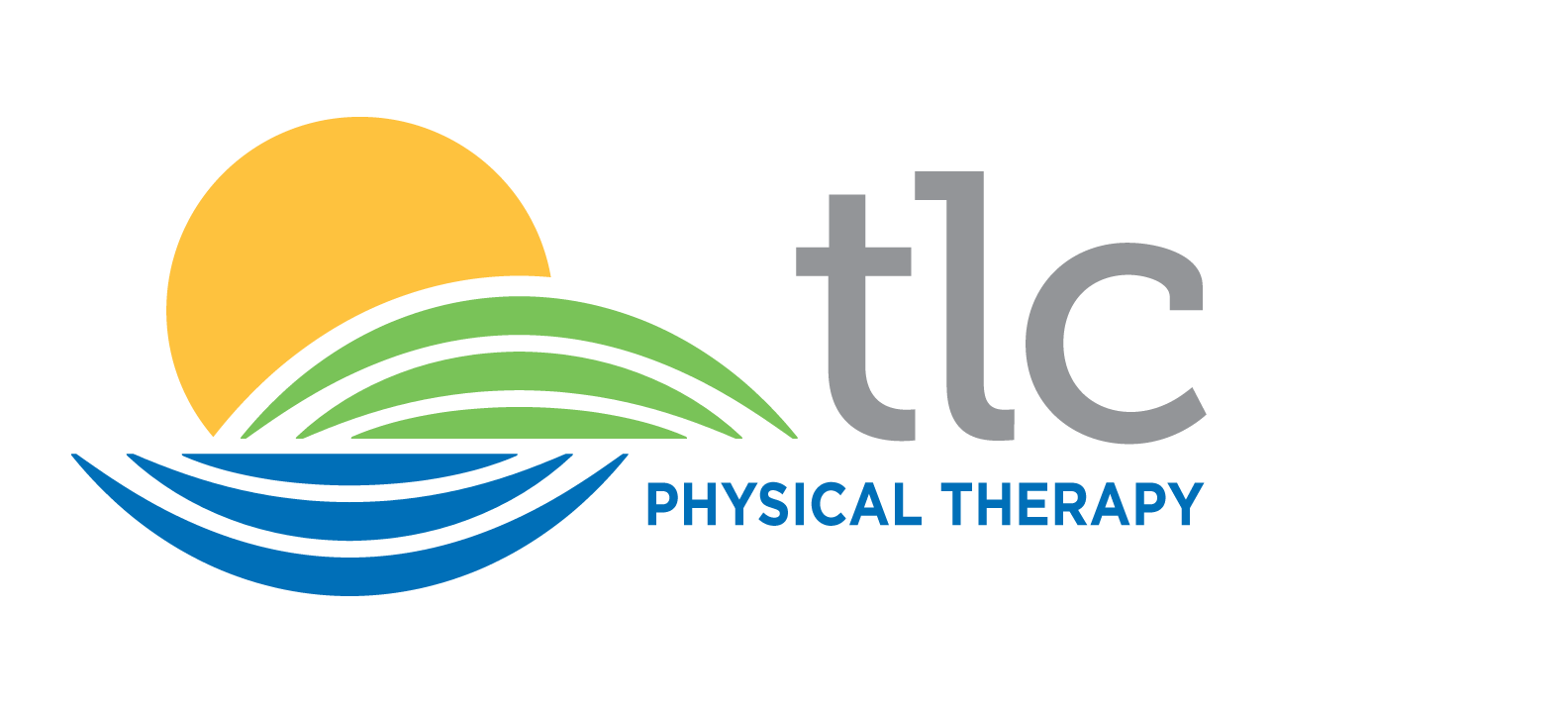
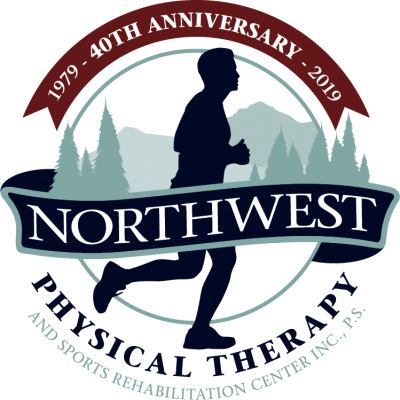





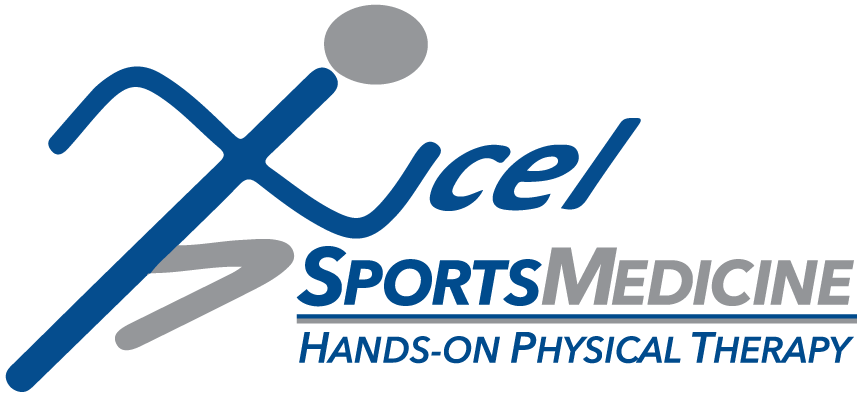



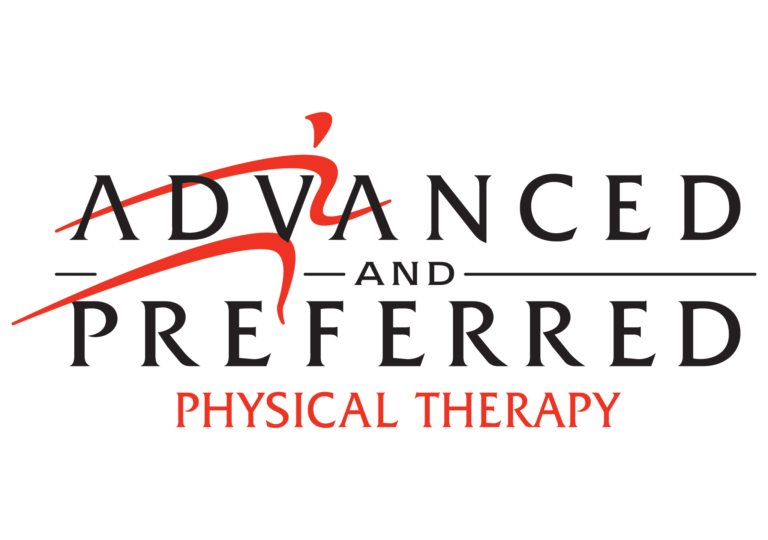

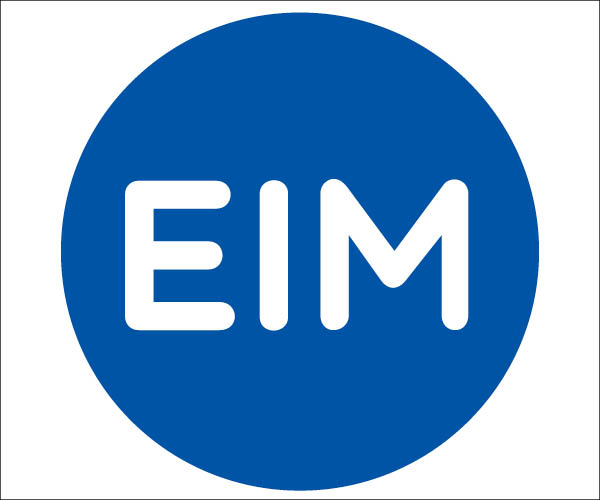

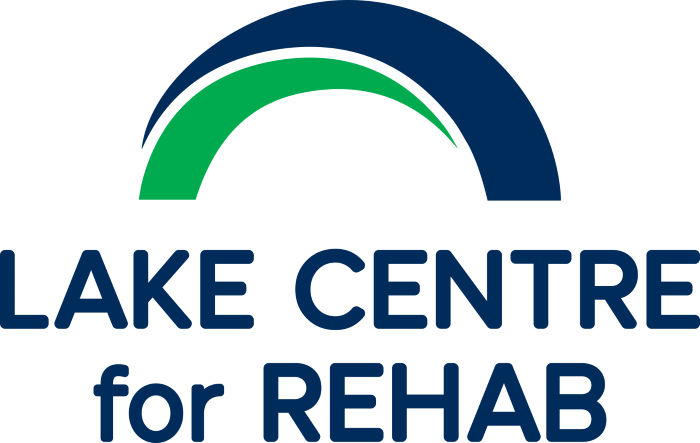


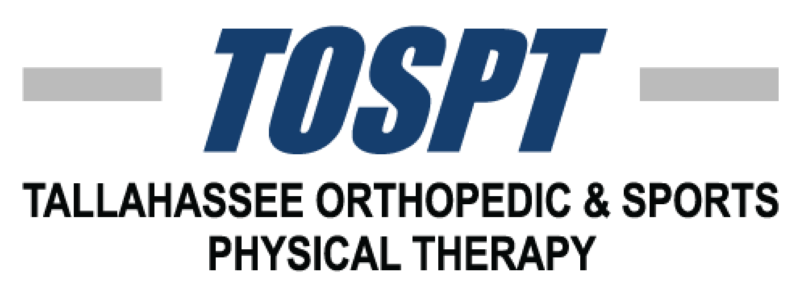






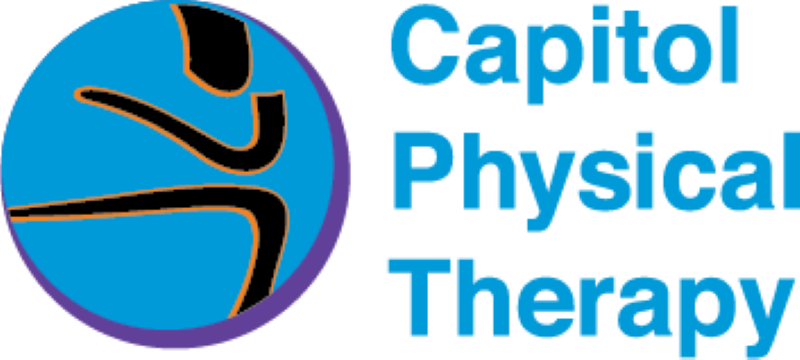






 Director of Marketing, Training and Professional Development
Director of Marketing, Training and Professional Development Marketing Consultant | Boutique Partners
Marketing Consultant | Boutique Partners Digital Marketing Specialist
Digital Marketing Specialist Digital Marketing Manager
Digital Marketing Manager Senior Graphic Designer
Senior Graphic Designer Content Production Manager
Content Production Manager Graphic Designer
Graphic Designer Senior Director of Partner Growth
Senior Director of Partner Growth Hive Marketing Liaison
Hive Marketing Liaison Digital Marketing Campaign Specialist
Digital Marketing Campaign Specialist Marketing Analyst
Marketing Analyst VP Brand Communications
VP Brand Communications  Web Designer
Web Designer Marketing Communications Specialist
Marketing Communications Specialist PR + Communications Manager
PR + Communications Manager Senior Director, Consumer Media Group
Senior Director, Consumer Media Group